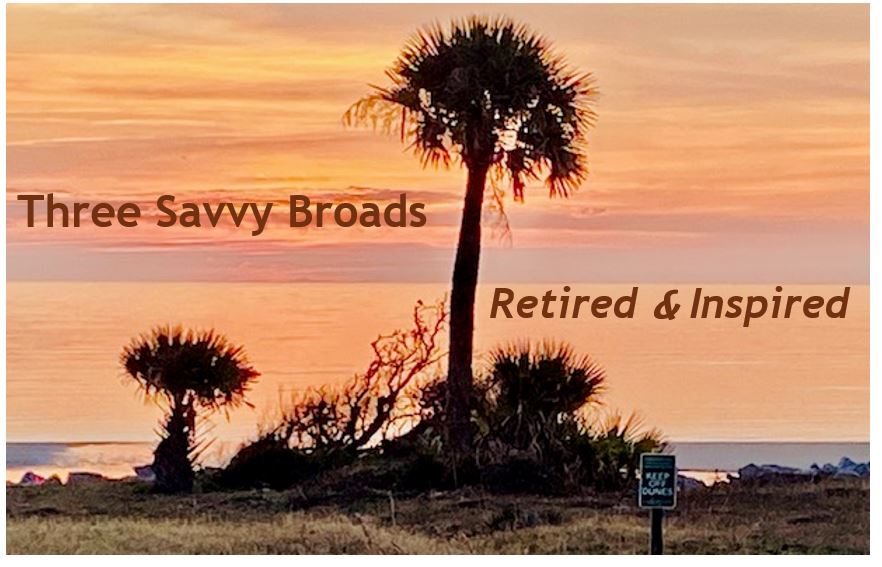50 years--but who’s counting!
Fifty years ago, we weren’t thinking about reaching our wedding anniversary that would mark half a century. But here we are--June 22, 1968 to June 22, 2018. We never talked about longevity or survival but somehow and some way we made it. Two children and four grandchildren later we are retired and still together.
But here we are--June 22, 1968 to June 22, 2018. We never talked about longevity or survival but somehow and some way we made it. Two children and four grandchildren later we are retired and still together.
There have been years of non-stop life events with never a dull moment. Certain things were a given and non-negotiable – college educations, church attendance, family obligations, and more.
We have been supportive, tolerant, and loving through the years. When I recently asked him why we survived he said he always does what I want --- not true. Then he recanted and said we both have done what we wanted but with respect to each other.
We have been supportive, tolerant, and loving through the years. When I recently asked him why we survived he said he always does what I want --- not true. Then he recanted and said we both have done what we wanted but with respect to each other.
There were commonalities as far as values but also some differences. He introduced me to the world of athletic competition. I had always enjoyed school sports events but never competed. When we started dating in college, I learned the ins and outs of a scholarship athlete at the university level. I even ate with him in the assigned cafeteria for athletes - often not a pretty picture!
He became a part of my world as we spent most evenings at the school library studying for upcoming exams. We were a fixture on the campus at Marshall University trekking to the library each evening.
Also, years of coaching took us to state championships and many, many sports dinners and banquets. I got him back when I was a school administrator and would drag him to events and then to newspaper awards dinners when I took a job at the local newspaper. We both went along for the other with a small amount of complaining.
He became a part of my world as we spent most evenings at the school library studying for upcoming exams. We were a fixture on the campus at Marshall University trekking to the library each evening.
Also, years of coaching took us to state championships and many, many sports dinners and banquets. I got him back when I was a school administrator and would drag him to events and then to newspaper awards dinners when I took a job at the local newspaper. We both went along for the other with a small amount of complaining.
Our further discussions on the longevity of our marriage brought us no closer to any resolution. We really don’t know for sure, but we have never really worried about it. Maybe that is the answer--we just take each day as it comes and face it together.
We both concluded we have a mutual agreement that each one gives the other space and room to follow his or her dreams and interests without making the other follow unless needed.
Oh sure, there are disagreements (we tell our grandchildren it is bickering not fighting), but when it comes down to it, we wouldn’t have it any other way.
We both concluded we have a mutual agreement that each one gives the other space and room to follow his or her dreams and interests without making the other follow unless needed.
Oh sure, there are disagreements (we tell our grandchildren it is bickering not fighting), but when it comes down to it, we wouldn’t have it any other way.
There isn’t much else to say except we hope we have many more years to come!!




















